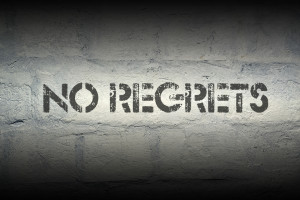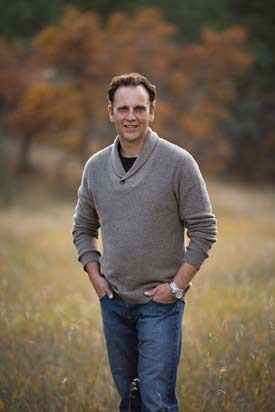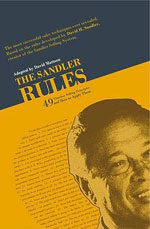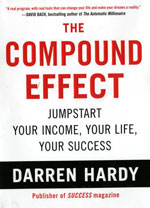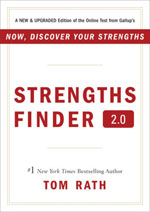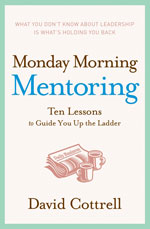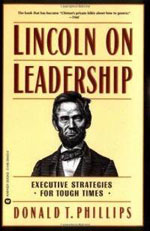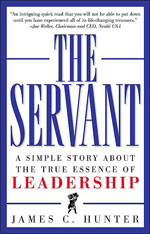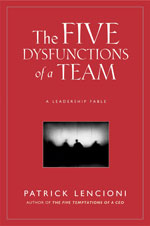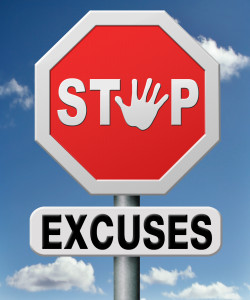 According to the Oxford Dictionary, an excuse is defined as “a reason or explanation put forward to defend or justify a fault or offense.” In simpler terms, an excuse is a reason that motivates our actions or lack thereof. Years ago at a regional meeting, I observed a local team member who showed up late for the morning meeting and made the excuse that “he was late due to traffic.” During the first break, the seasoned manager pulled the latecomer aside, and I overheard the manager saying that the best way not to be “late due to traffic” is not to hit traffic.
According to the Oxford Dictionary, an excuse is defined as “a reason or explanation put forward to defend or justify a fault or offense.” In simpler terms, an excuse is a reason that motivates our actions or lack thereof. Years ago at a regional meeting, I observed a local team member who showed up late for the morning meeting and made the excuse that “he was late due to traffic.” During the first break, the seasoned manager pulled the latecomer aside, and I overheard the manager saying that the best way not to be “late due to traffic” is not to hit traffic.
The reason this person was late was not because of traffic; he was late because he didn’t leave early enough to allow for traffic. That conversation has stuck with me for years and made me realize that excuses are never the real reason we do or don’t do something but instead are the way we reorganize the facts to make us feel better about something we did or didn’t do. Excuses are for people who avoid taking 100% responsibility for their lives.
Everyone has issues, and everyone can find numerous excuses not to prosper. But we need to understand that excuses never improve the situation. We’ve all found ourselves making excuses at some point in our lives. What are your favorite ones?
I’m tired. It’s too much effort. I’m too old. I’m too young. It’s too hard. I don’t have enough time. I have kids. I’m married. Next year. If only I had more money. My company doesn’t support me. My boss is a jerk. Our prices are too high. Our products aren’t on any purchasing contracts. If only our product did this. My quota is too high. The economy sucks. Capital budgets are tight. We don’t have the right financial programs. My competitors are giving away their products. I don’t have time to read. I’m too busy to go back to school. The procedure/appointment got canceled. My customer doesn’t have the money. We don’t have any clinical data. We don’t have any marketing material. I got stuck in traffic. My dog ate it. I handed it in. The market is tough. No one told me. It’s not my fault. The world is against me. Just hit me with the bad luck stick.
Should I keep going? Shoot me now!
I will say it again: making excuses never improves the situation. Yet, why do so many people make them? All they’re doing is hiding from reality, not facing the truth and doing what’s right. I love this quote from Benjamin Franklin:
“He that is good for making excuses is seldom good for anything else.”
When we’re trying to avoid something we don’t want to do, almost any excuse will suffice. It’s much easier to go for a run on a cold day than to go when it’s hot—but if you start making excuses about why you can’t exercise on a hot day, you’ll soon find an excuse not to exercise on a cold day. Making excuses may enable you to avoid effort temporarily, but excuses lead to more pain in the end. Successful people do not make excuses. Most things that happen to us are because of us. For example, it wasn’t that the customer didn’t have the budget to buy your product. It was that you didn’t find enough pain in the customer’s current situation (equaling a need for your product!), so the customer didn’t have enough motivation to find the money to buy your product.
Here’s the thing: we need to STOP MAKING EXCUSES.
Making excuses is a self-destructive behavior. When we make excuses, we prevent ourselves from achieving greatness and sabotage any efforts toward success. If we want results, we need to stop making excuses. As Bob Moawad says, “The best day of your life is the one on which you decide your life is your own. No apologies or excuses. No one to lean on, rely on, or blame. The gift is yours – it is an amazing journey – and you alone are responsible for the quality of it. This is the day your life really begins.”
I hope I’ve convinced you—join me next week as I discuss ways not to make excuses. Have a great week!





